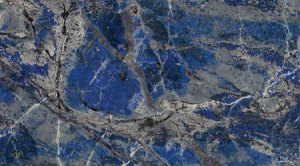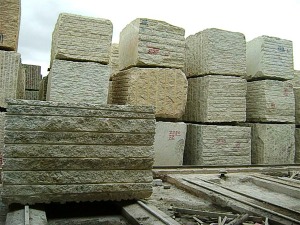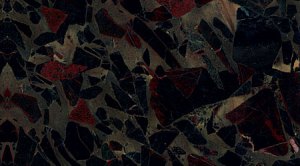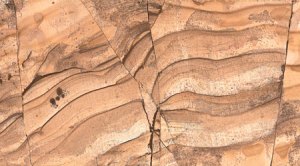We named our company Fonte Dei Marmi (The Marble Fountain in Italian). It seemed appropriate as we specify, design, supply and install bathrooms as well as kitchens; two areas of the house that specifically mix water and marble. Marble is an excellent material for use in these areas, so it comes as little surprise that plenty of shower enclosures, kitchen floors and bathroom walls are finished in the stone. The question is, how does it make the journey from being dug up are millenia to something you see through the soap in your eyes every morning?
So, where does the marble come from? Well, that depends on the request that we receive from the client. Clients will often be looking for a certain colour and/or style of stone; perhaps to be a close approximation to elsewhere in the house, or to just fit the memory of some stone they saw last time they were on holiday in Italy or wherever. Whatever the reason, step one for us it to track down the quarry (or quarries) that are able to supply stone to the specifications of colour, grade, finish etc. Stone is found all over the World of course, which can lead to some interesting conversations with people in far-flung corners of the globe, and some interesting trips! The majority of stone that we use is sourced in Europe, specifically Italy, but it also comes from further afield with Africa and South America being regular sources too.
Once the quarry has been located, the material MUST be inspected. This is where so many companies fall down. You have to have someone with knowledge on site to look at the blocks pulled from the ground (natural stone is quarried in huge blocks which is later cut into slabs). A trained eye can tell from that block the degree of veining and colour “travel” within the stone to a rather precise degree. They can also spot defects and sub-standard or lower grade product. Without a knowledgable person on site, the quarry will try their best to ship the lower standard product at the higher standard price. And once you have put your name on a block, that’s it, it’s yours, bought and paid for with thousands of pounds, so mistakes are expensive and best avoided.
Once the blocks are cut into more manageable slabs and the transportation is taken care of, and the seasons have changed (shipping stone around takes an age. Minimum eight weeks, but normally double that), the rough stone now needs to cut and finished. This is a highly specialised task and not something that your local builder can do with a chisel and an orbital sander. The machinery involved is just massive, cutting is slow, polishing is slow but the results are outstanding. There is no better material in the world. If you get the right type … get it wrong, or try to do it on the cheap and the results will haunt you for the rest of your life, or at least, the rest of the time you live in that house.
As mentioned above, most of our marble comes from Europe, and in particular Italy. Verona is a great source of material, and Sicily, where one of my favorite stones (Breccia Pontificia) originates. Often found adorning the walls of Italian cathedrals and the Vatican, this stone can be “book-matched” (imagine the block being cut into slabs to match the way pages are in a book, thereby replicating (in reverse) the veining all over the surface). Sicilian Diaspro Breccia is another favourite, coming in a multitude of shades of burnt umber, there is nothing quite like this either and is used for both floors and walls.
Brazil has stunning granite in a range of light greens, when cross-cut a stunning mix of colours are revealed. Scandinavia has volcanic Obsidian, known as Black Beauty formed over a million years, it has the same chemical composition as glass and polishes to a very high gloss finish. Angola is the source of another granite, Brown Antique, the name is an understatement, its colours run from velvet golds to waves of varying blues.
Bronze Armani will bring in a wow factor to your living space, the area you choose to relax, creating an oasis of warmth and calm with a fiery bronze wall to gaze upon while you think about the millions of years it has taken to be created.
As you can see, it’s not just the Bianca Carrara and black and white onyxes that we are used to seeing that are out there. Next time you plan a bathroom project or flooring area that incorporates some marble, dare to step out of the normal, perhaps design a feature wall or a floor incorporating a book matched pair of marble slabs in the centre or a stunning semi-precious slab that glitters in all lights. You’ll be glad you did it.










ohhh lovely post on marble, granite & onyx. I have a soft spot for backlit onyx
By: Mary Middleton on August 25, 2011
at 7:23 am